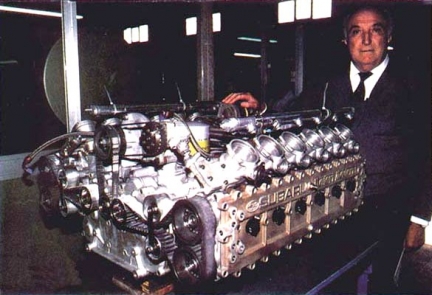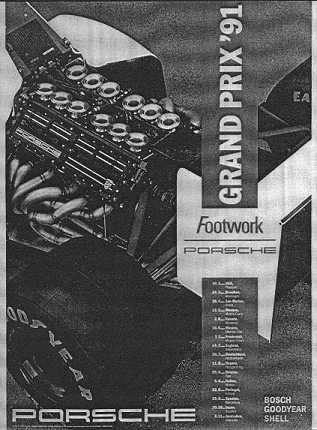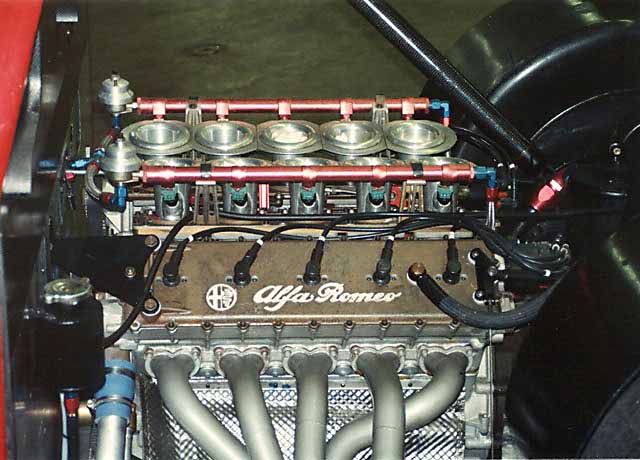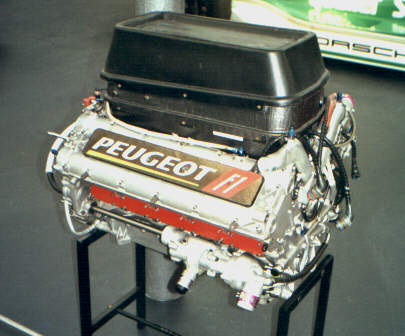In the olden days a group of "lads" could get together without wind tunnels and CFD and build an F1 car, bolt a Cosworth DFV on the back and race in Formula 1.
Those days have, sadly, passed but I thought it worth remembering those who tried a little harder and decided not only to build a chassis that didn't work but also an engine that didn't work either.
I'll kick you off with the Life W12, although not a true W engine more of a V8 with another bank of cylinders stuck in the middle - but you've got to love those exhaust pipes. This piece of mechanical madness was used in the Life L190 (regarded by some as the worst F1 car ever made).
and the Subaru Motori Moderni flat 12 as used by Coloni in their C3B car and in an unraced Minardi.

This engine was designed by Carlo Chiti who designed, amongst other engines, the Alfa Romeo flat and vee 12's used by Brabham in the late 70's and by Alfa themselves in the early 80's.
Feel free to add your own additions to this array of mechnical madness and I'll add more when I come across them (remember the Footwork Porsche...)
Those days have, sadly, passed but I thought it worth remembering those who tried a little harder and decided not only to build a chassis that didn't work but also an engine that didn't work either.
I'll kick you off with the Life W12, although not a true W engine more of a V8 with another bank of cylinders stuck in the middle - but you've got to love those exhaust pipes. This piece of mechanical madness was used in the Life L190 (regarded by some as the worst F1 car ever made).
and the Subaru Motori Moderni flat 12 as used by Coloni in their C3B car and in an unraced Minardi.
This engine was designed by Carlo Chiti who designed, amongst other engines, the Alfa Romeo flat and vee 12's used by Brabham in the late 70's and by Alfa themselves in the early 80's.
Feel free to add your own additions to this array of mechnical madness and I'll add more when I come across them (remember the Footwork Porsche...)















